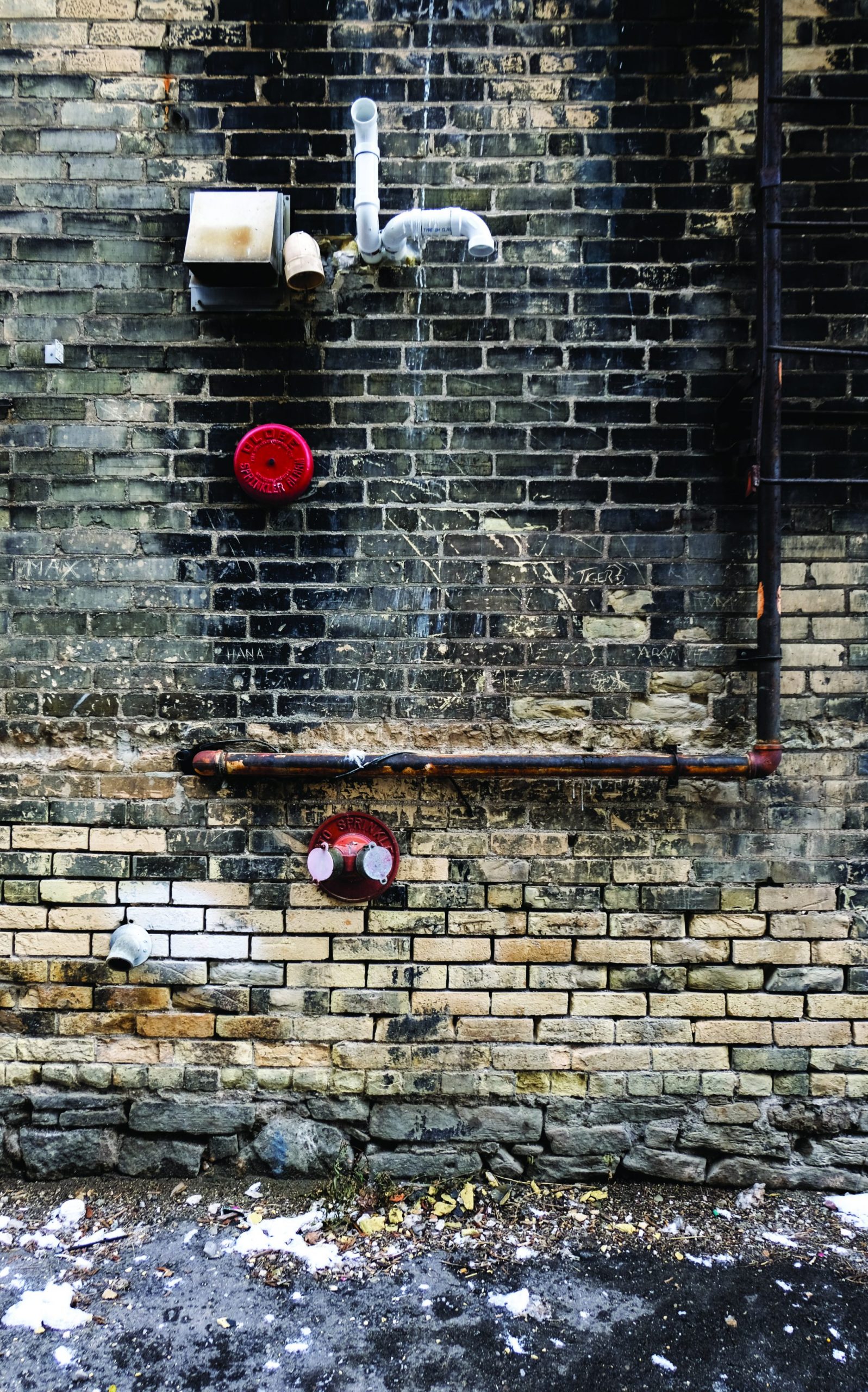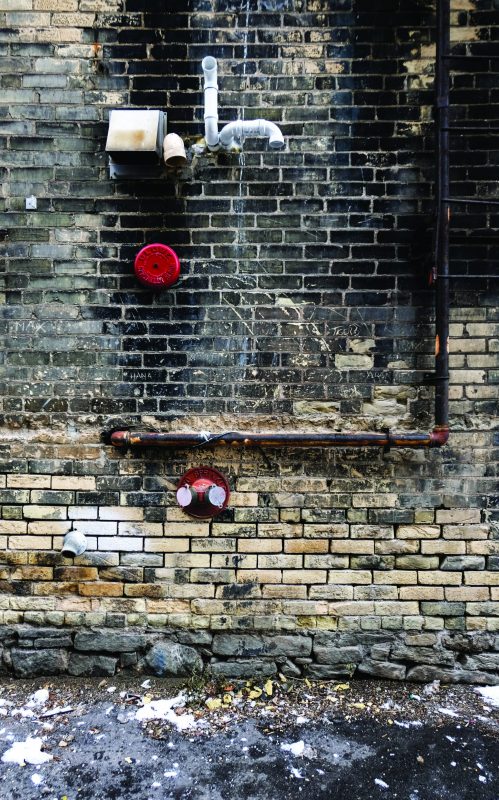Lead levels in water in Ontario schools found to exceed legal limits


Reports that came out this past week has released data that over 2,400 Ontario schools and daycares have exceeded the provincial limit for lead levels in drinking water, affecting students across the province.
29 per cent of schools were in an exceedance between 2016 and 2018, with some schools exceeding 1,000 parts per billion, a level of lead so high that it can immediately impact blood-lead levels in children.
“The WRDSB considers the following fixture as drinking water fixtures for the purpose of the regulation: drinking fountains, hydration stations, drinking water bubblers, taps in kitchen/kitchenette (not classroom sinks) including staff room, taps in childcare room(s), kindergarten room(s), special education room(s) and family studies room(s) without drinking fountains or bubblers,” said Lynsey Slupeiks, communications officer for the Waterloo Region District School Board in an email statement.
“We work closely with our partners at Public Health to determine what, if any, corrective actions are needed. WRDSB developed a FAQ for families about water testing and it is available on our website. As of 2017, all schools that have had a lead exceedance are shared publicly on our website.”
In March 2019, Health Canada recommended 5 ppb (5 µg/L) as the maximum acceptable limit for lead concentration in drinking water. The provincial recommendation in Ontario remains at 10 ppb (10 µg/L), though government officials agree that the preferred amount would most certainly be zero.
July of 2017 saw a change in legislation in regard to Ontario’s Safe Drinking Water Act which changed to require lead tests conducted by schools and daycares at any fountain or tap that is used for drinking water and/or preparing food.
The school board’s website has every school that has been tested in an exceedance of lead, but also lists the corrective action taken to ensure that the water is safe for students to drink. Some corrective actions that were taken after tests done on Aug. 1 were to flush all drinking fixtures daily for the next 24 months.
The reason for such high levels is due to the fixtures that have been put in place as early as hundreds of years ago, rather than contamination at the source of where the water comes from.
An estimated economic benefit of $9 billion dollars in Canada could come about if lead was eliminated in all schools in Canada and eliminated the exposure to children.
Repairs, however, could cost over $16 billion to get rid of the lead fixtures, something that may seem like a distant dream for schools as it is not on the priorities list.
The Waterloo Region District School Board is testing all drinking fountains, bottle fillers and taps used for food preparation at elementary schools and affiliated child care centres by January of 2020 and finishing senior elementary and secondary schools by January 2022.


